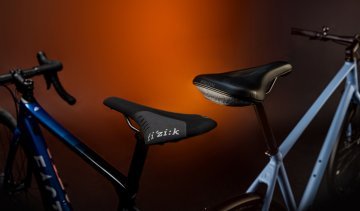
The Right Saddle for Every Biker: Road, MTB, Al...
As you sit, so must you ride. Finding the right saddle for your bike doesn’t have to be an epic journey. We’ve got some tips on what to look for.
A bike saddle that adapts to your anatomy? We have tested the thermoformable saddles from REFORM for you, which promise exactly that.
A saddle, precisely tailored to your anatomy, so comfortable you forget it's there. That's what the manufacturer Reform promises with its new and innovative saddle concept featuring thermo-adjustment technology. Order, mount, and easily adjust it to fit you at home.
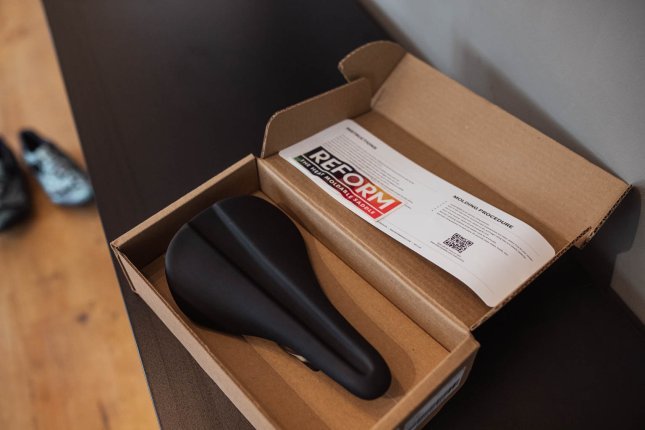
At first glance, Reform’s saddles look like any other – they're built the same. But if you look closer, you can see a small detail under the saddle nose – not a design element, but the connection point for the heating unit. Through this, the heating wire running through the saddle's carbon shell gets the power to warm the fibers. This makes the carbon fiber blend flexible to conform to your anatomy. Once cooled down, the individual shape remains. However, you should ensure that you don't expose your saddle to hot temperatures or prolonged sun exposure.
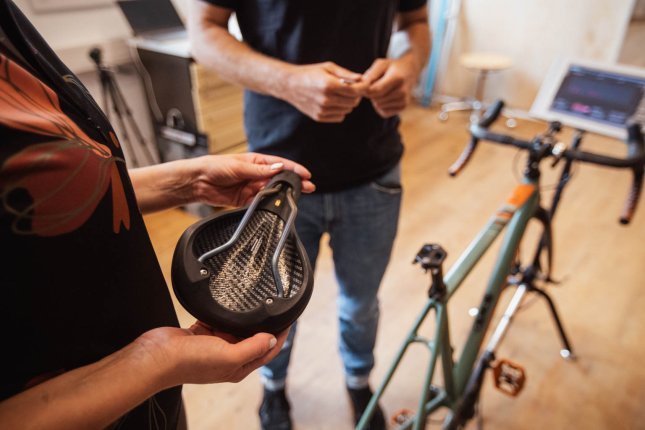
“The better the saddle fits your body, sitting position, and riding style, the more comfortable you ride.”
It all started in 1997 with skateboards. During their studies in Victoria (Vancouver Island, Canada), Michael “Mike” Perreten and Tom Edstrand founded the company Landyachtz in the basement of a ski club. With their skateboard developments, they pushed the limits and significantly influenced the scene. A few years later, they expanded their range from four wheels to two wheels: Landyachtz Bikes was born.
In 2015, after a particularly painful experience on a racing bike saddle by Mike, the focus of the Landyachtz team turned to contact point number one. They put their heads together and contemplated what would be necessary to forget about the saddle while biking. Mike was a ski racer – where thermoformable boots are now standard. So, why not for bike saddles? Reform Saddle was conceived.
Made in the Landyachtz headquarters in Vancouver, the team has full control over the manufacturing process, ensuring quality and supporting the local economy.
“Due to the thermoplastic adjustment, the saddle conforms to your pelvis, reducing pressure peaks.”
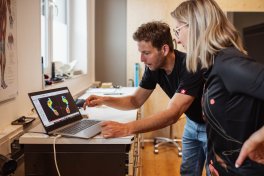
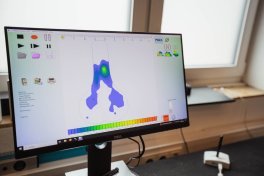
Individually tailored to your butt and sitting position, the saddle ensures more comfort on the bike. The 3D adjustment increases the contact area between the saddle and the sitting area. The pressure is distributed more evenly, and pressure peaks are reduced. This results in less pain in the bony structures, better relief in sensitive zones, and less friction and irritation of the skin.
Don’t be surprised if the saddle shows indentations and odd dents on the surface after the adaptation process, potentially even different on the left and right. No one is 100 percent symmetrical, especially not in the sitting area. If the deviations between left and right are too large, you still have the option to visit the physiotherapy practice of your choice. Maybe something can be improved.
“One-sided stresses, for example, due to an uneven pelvis, are often the cause of sitting discomfort.”
In Reform’s portfolio, you'll find two saddle types, the Seymour and the Tantalus. The Seymour is the road bike version with a length of 252 millimeters, oval carbon rails (7 x 10 millimeters), and a weight of 197 grams (manufacturer's statement). The Tantalus is the mountain bike version with a length of 245 millimeters, round Ti rails, and a weight of 235 grams (manufacturer's statement).
So how does the saddle fitting work exactly? It’s simple! Allocate yourself 15 minutes and ideally get a second person to assist you. Put on your cycling shoes and wear a thin sports pants without padding, with as few seams as possible in the sitting area. This ensures the best impressions on the saddle. The process works best indoors with a turbo trainer, but it's not a must. And off you go!
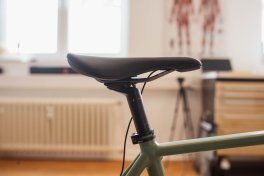
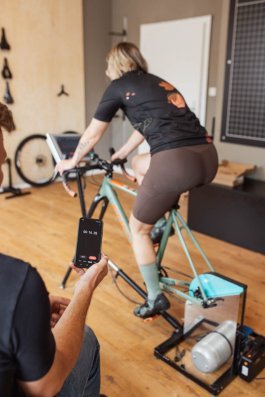
If you're not quite satisfied with the sitting comfort and it feels like the saddle could be a bit more tailored to your butt, you can start the process again after 30 minutes. This time, extend the six-minute molding phase to six and a half minutes.
In case you don't have your own roller trainer and can't borrow one, there's an alternative molding process. However, it requires a quiet street and a power source not too far from your front door or the street. Here are the different steps: